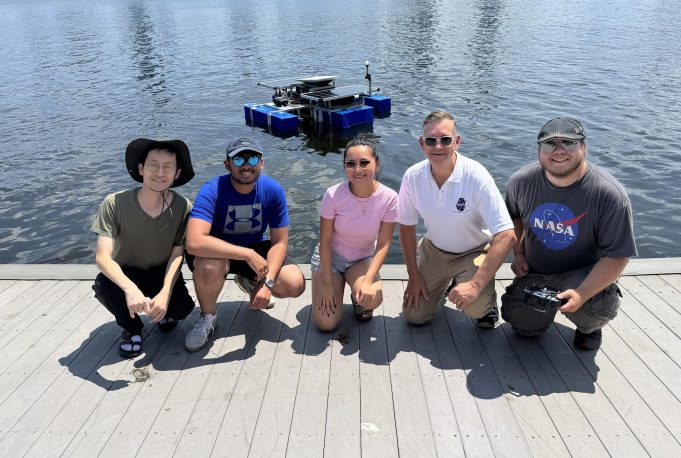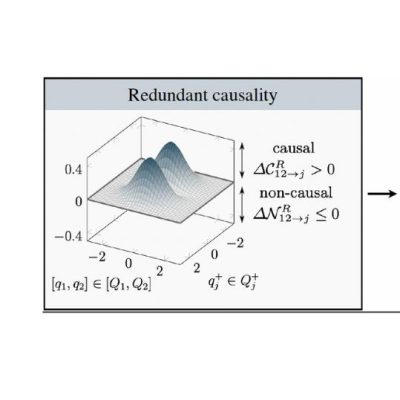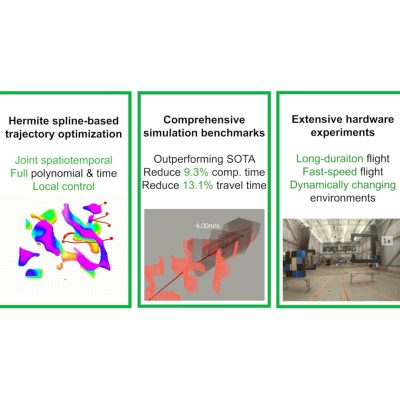
Predictive thermal digital twin model for a renewably powered offshore AUV servicing platform
A team of MIT researchers present the development and field testing of a thermal digital twin model for PEARL (Platform for Expanding AUV exploRation to Longer ranges), a system designed to extend the range, endurance, and data-handling capabilities of Autonomous Underwater Vehicles (AUVs). The model reveals how environmental factors and operational modes affect system temperature.
Authors: Ayden Soderblom, Sung Wook Paek, Abhishek Bhattiprolu, and Olivier L. de Weck
Citation: ASME 44th International Conference on Ocean, Offshore & Arctic Engineering (OMAE2025)
Abstract:
Autonomous Underwater Vehicle (AUV) missions are limited in range and duration by the vehicle’s battery capacity. Meanwhile, sensor payload and ocean measurement resolution are limited by data storage capacity onboard the vehicle. These limitations necessitate that AUVs be frequently recovered to recharge and offload data. The Platform for Expanding AUV exploRation to Longer ranges (PEARL), described in this paper, aims to extend the range and endurance of AUVs while reducing data latency and operating costs. To ensure the reliability of PEARL, self-monitoring, or even prognosis, of its health conditions is highly desirable. This paper focuses on the development of a thermal digital twin model to monitor thermal conditions during the field tests of PEARL on the Charles River, Massachusetts. Temperature measurements were made during mission operations from July to November 2024 and used to calibrate the thermal digital twin.
The model reproduces the thermal characteristics of PEARL with ~2% RMS error and has provided several insights on thermal cycles experienced by the PEARL system. Temperature profiles of the nodes are tightly coupled with local environments and operation modes such as data uplink and solar charging controls. The effects of design iterations (e.g., reflective surface) or natural changes (e.g., solar panel contamination) of PEARL could also be observed.

